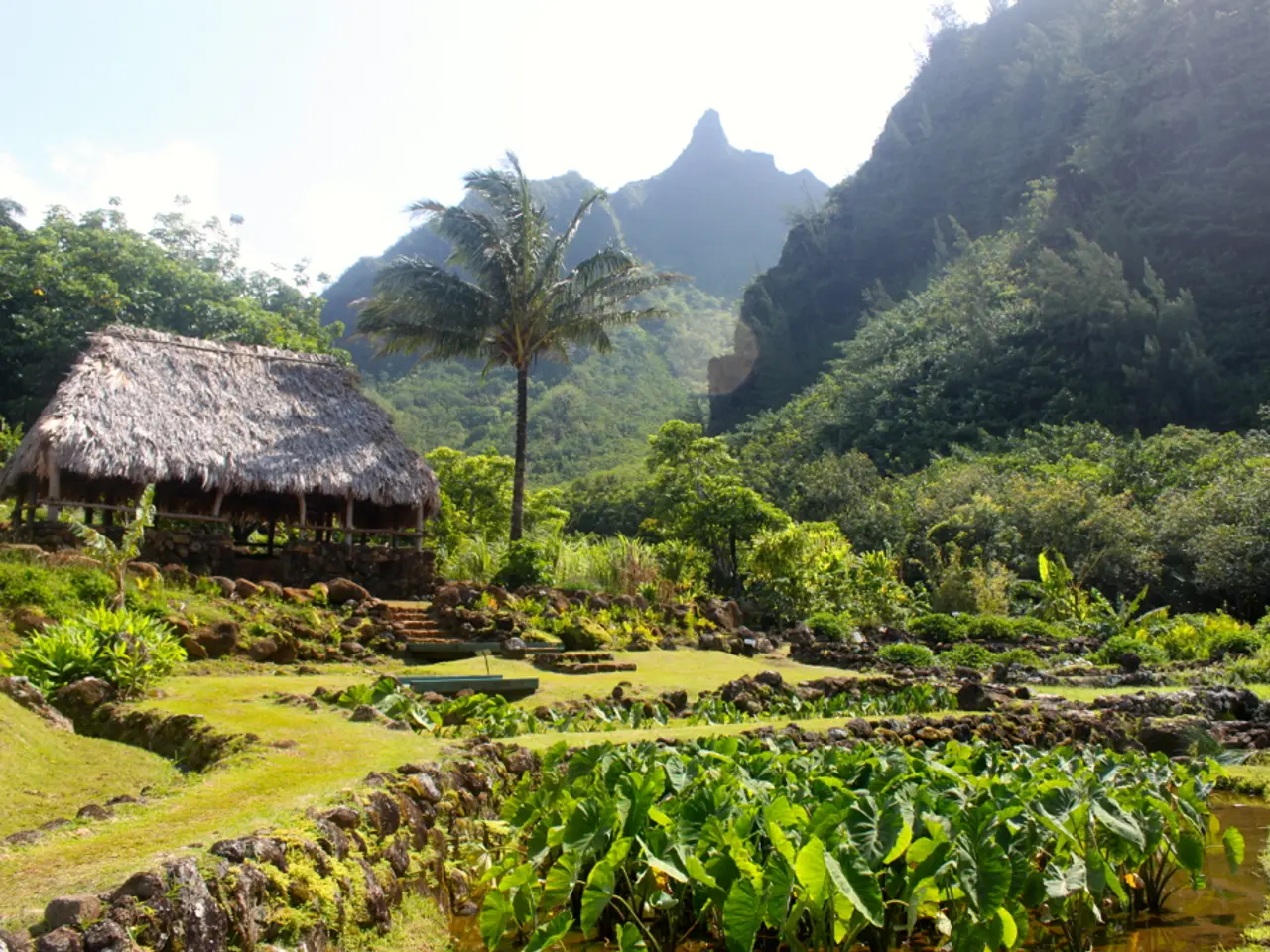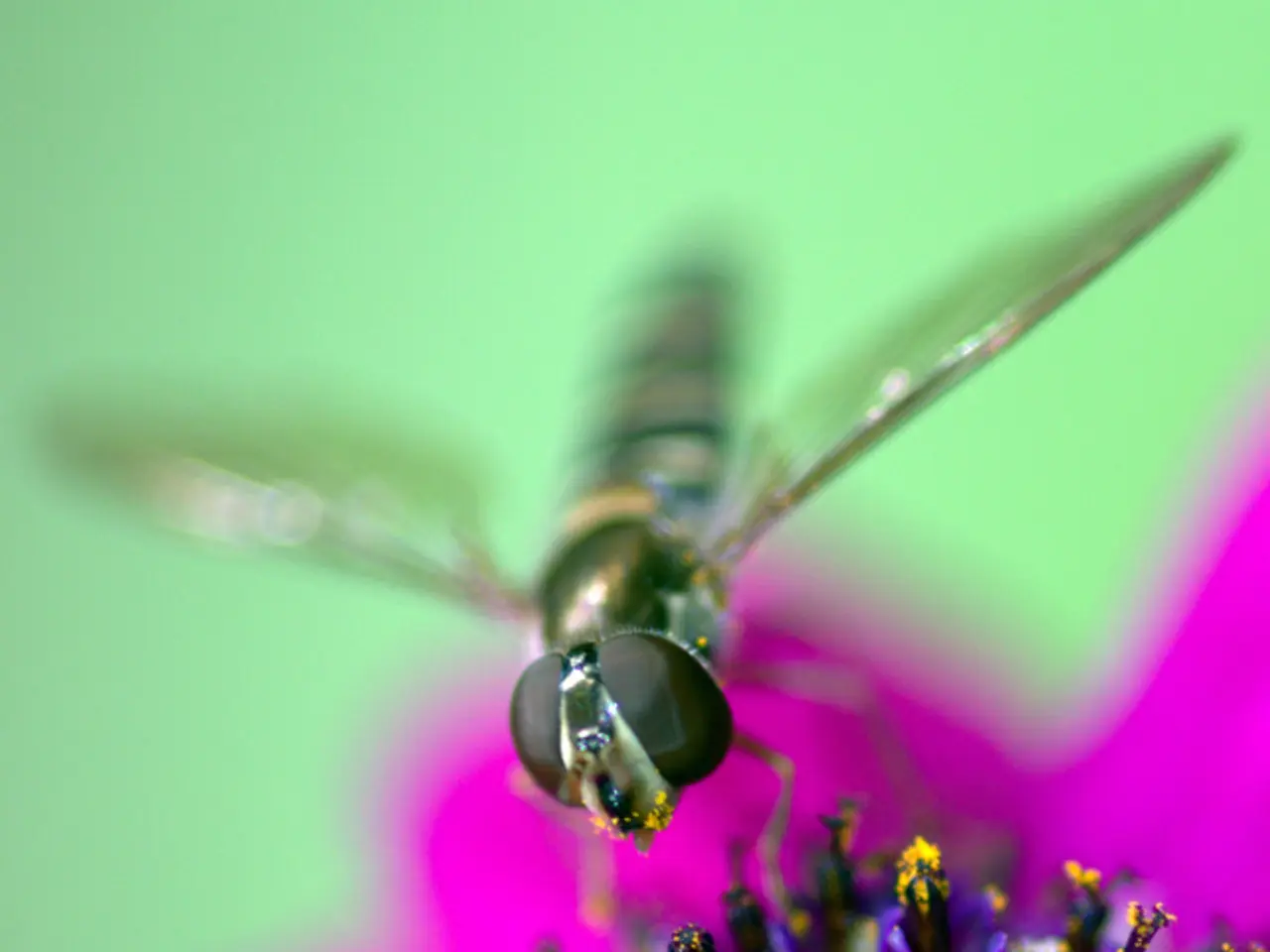The Impact of Climate Change on Recreational Waters
In recent years, Bremen's lakes, particularly the Werdersee and Uni See, have experienced an alarming increase in invasive plant species and blue-green algae blooms. This article delves into the factors contributing to these phenomena, with a focus on the role of climate change.
**Factors Contributing to Invasive Plant Species Proliferation**
Human activities such as boating, fishing, and water sports can inadvertently introduce invasive plant species from other regions. Horticultural and aquaculture practices also play a part in their introduction. Once established, these invasive plants thrive in nutrient-rich environments, with agricultural runoff, urban runoff, and wastewater carrying high levels of nitrogen and phosphorus into the lakes.
Dredging or shoreline construction can disturb sediment, releasing trapped nutrients and further fuelling the growth of invasive plants. In addition, changes in water level due to damming or water extraction can favour invasive species that tolerate wide water level fluctuations.
**Factors Contributing to Blue-Green Algae (Cyanobacteria) Blooms**
Cyanobacteria grow rapidly in nutrient-rich water, especially when phosphorus is the limiting nutrient. Warm temperatures, calm or stagnant water conditions, and plenty of light for photosynthesis also promote their growth.
**Role of Climate Change in These Phenomena**
Climate change is exacerbating these issues. Rising temperatures are lengthening the growing season for invasive plants and cyanobacteria, and favouring cyanobacteria over other algae. Altered precipitation patterns, including more frequent and intense rainfall, lead to spikes in nutrient runoff from agriculture and urban areas, while drought periods cause stagnant water bodies with higher nutrient concentrations, favouring blooms and invasive plants.
**Specific Context: Werdersee and Uni See**
Both lakes, located in urban or peri-urban environments, have significant nutrient inputs and are relatively shallow. Anthropogenic pressures, combined with climate warming trends in Bremen, create ideal conditions for invasive species and cyanobacteria blooms. Efforts to manage nutrient inflows and control invasive plants are ongoing but face challenges due to climate-driven changes.
**Monitoring, Management, and Restoration Approaches**
While completely removing nutrients from a lake would be difficult and expensive, ongoing efforts to manage nutrient inflows and control invasive plants are crucial. Regular monitoring of bacterial content in bathing waters is also essential to prevent illnesses.
In the case of the Werdersee, the environmental department recommends getting a first-hand impression of the water before swimming. Mowing boats help control invasive plants like water hyacinth for a few weeks, but they grow back rapidly. Dredging the lake is a possible solution, but stopping the influx of nutrients is equally important.
**Conclusion**
Climate change is amplifying the proliferation of invasive plant species and blue-green algae blooms in Bremen's lakes. Understanding these factors and taking appropriate measures to manage nutrient inflows and control invasive plants is crucial for preserving the health of these vital water bodies.
*In the context of health-and-wellness, the increased growth of invasive plant species and blue-green algae in Bremen's lakes, such as the Werdersee and Uni See, could potentially pose health risks to swimmers and residents due to the release of toxins by the algae.* To mitigate the effects of climate change on environmental-science issues like invasive plant species and blue-green algae blooms in Bremen's lakes, it's essential to focus on controlling nutrient inflows and managing invasive plant populations, as these factors contribute significantly to their proliferation.




